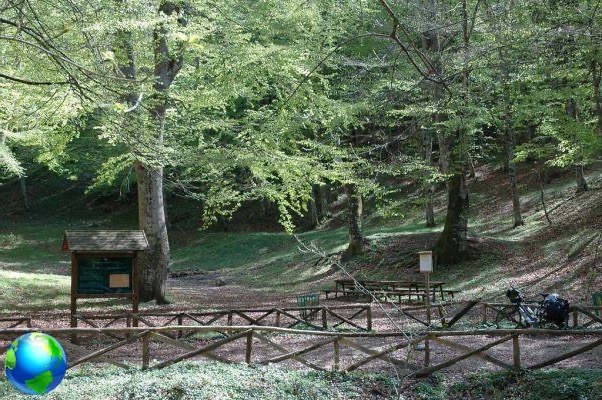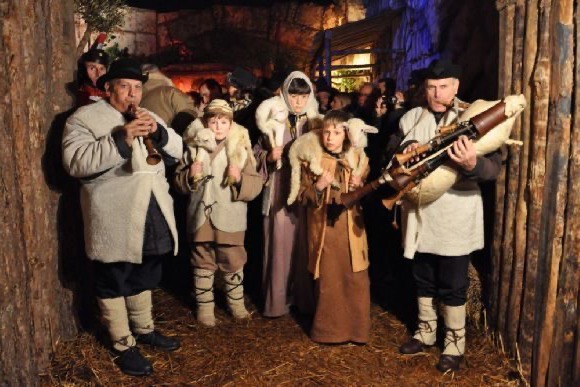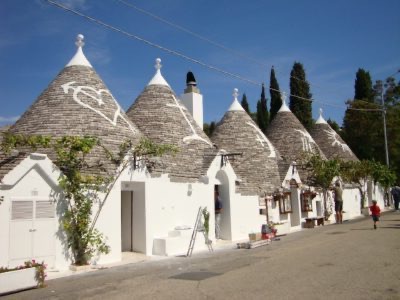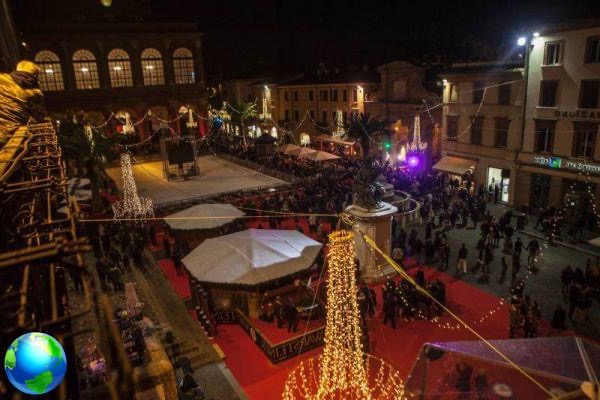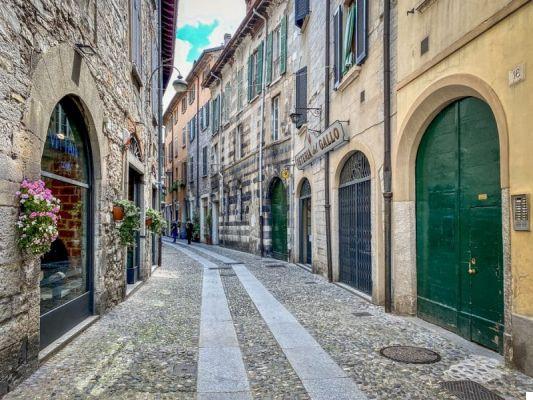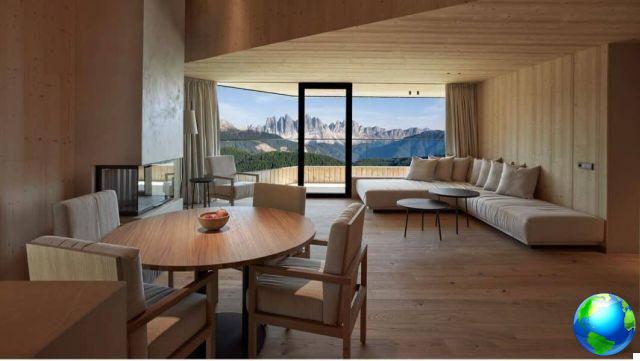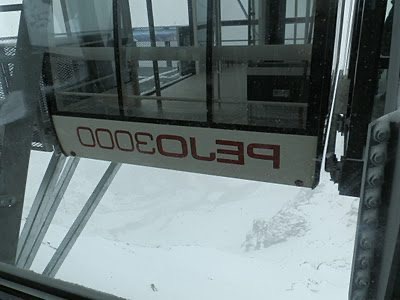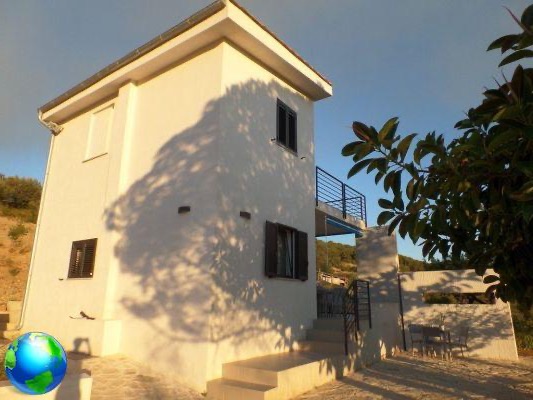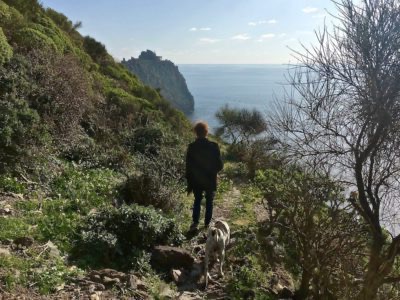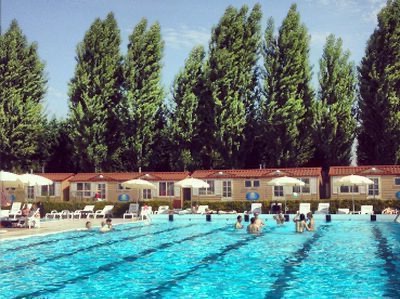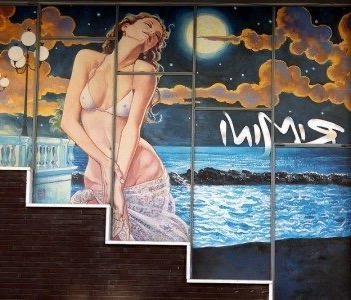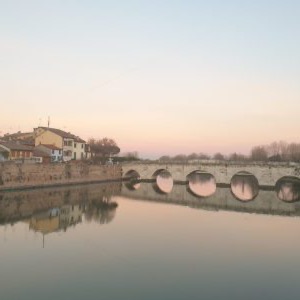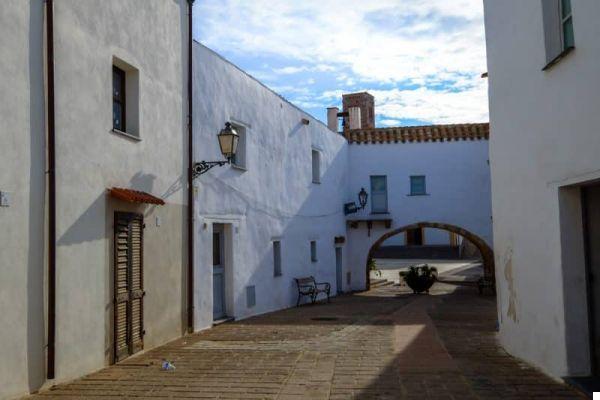The works of illustrious artists who look at our Bel Pese, an incredible story of a changing Italy, here the review of the exhibition.
If you want to travel, even if only with the imagination, then you must certainly see the Ravenna exhibition, curated by Claudio Spadoni, entitled The beautiful country. Italy from the Risorgimento to the Great War, from the Macchiaioli to the Futurists, set up in the rooms of TUE, until the June 14 2015. The exhibition includes, among the pieces on display, works by artists such as Giacomo Balla, Umberto Boccioni, Giovanni Boldini, Giuseppe De Nittis, Giovanni Fattori, Antonio Fontanesi, Silvestro Lega, Filippo Palizzi, Giovanni Segantini, and makes use of the precious partnership established by recent with the Gallery of Modern Art of Genoa.
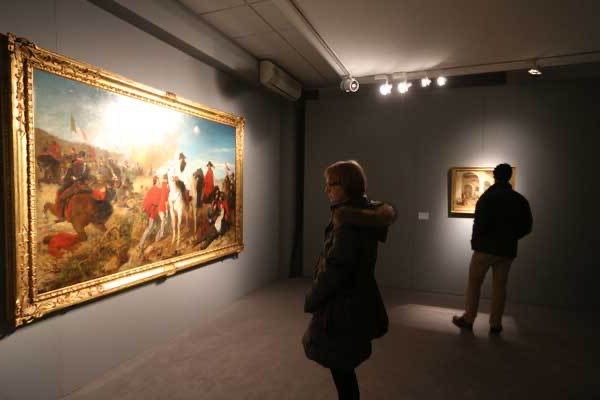
The agreement signed between the two museums has in fact allowed the temporary exchange of a substantial nucleus of paintings: indeed some glimpses of Quiet Cremona, Telemaco Signorini, Ettore Tito, Plinio Nomellini, Federico Maragliano, Andrea Figari and, in the opening room, the visionary capriccio of Petrus Theodor Tetar van Elven, entitled Fantastic view of the main monuments of Italy, of great visual and emotional impact, capable of bringing together in a single glance some of the most representative artistic and naturalistic jewels of the peninsula.
A journey through space and time, divided into thematic areas and, as the curator Spadoni defined it, to be interpreted in an eminently anthropological key. From the Risorgimento epic, with its patriotic themes (including the Bersaglieri leading Austrian prisoners by Silvestro Lega and the military maneuvers of Giovanni Fattori) one travels in the direction of extraordinary alpine views (such as the Resegone and San Martino, both of Gaetano Previati), of plains (including La pineta di Ravenna di Luigi Bertelli, alongside various works by Macchiaioli) or marine views (above all, the Girl on the rock in Sorrento by Filippo Pelizzi). The protagonist of these author's postcards is undoubtedly the light, now warm and enveloping, now crystalline and lenticular, now the womb that welcomes the color into itself, diluting it, and giving life to rapid and compendiary brushstrokes, which both the faithful and scientific representation, as well as its sensation and perception. You can feel the crisp air of the Alps, the sea breeze of the Amalfi coast, the scent of the Ravenna pine forest after the rain.
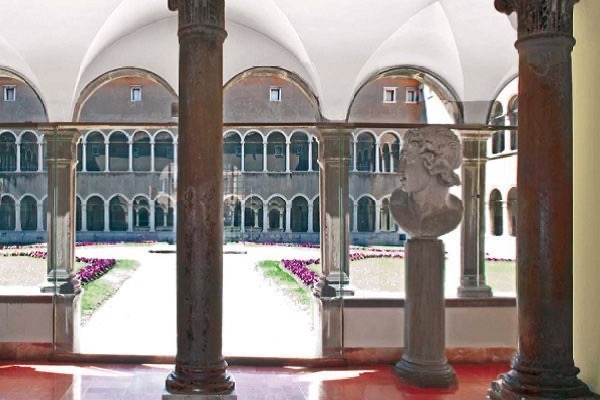
Nature is succeeded by the views of some cities celebrated by Grand Tour, such as Venice, Florence, Rome, Naples, in the various declinations of the major interpreters of the second Italian nineteenth century, as well as of various foreign artists, including the nocturnal eruption of Vesuvius by Peter Henry.
The beautiful country is told not only by the intrinsic charm of natural views, by the sublime interpenetration of nature and cultural sediment, and by the historical memories of how we were, through some nostalgic pictorial photographs reproducing the uses and customs of Italy that was once. From rural life to progressive modernization, starting with the thistle of Giuseppe Vizzotto Alberti, to arrive at the moment of the birth of photography and its impact on vision and painting (among the many exhibited, the photographs of the Funerals of G. Carducci in Bologna, by Umberto Orlandini), then lingering on the role of the portrait inside of the family album (some beautiful faces of Boldini, Lega and Domenico Baccarini, as well as the lesser-known self-portrait from the barber of Anselmo Bucci) and in some moments of rural life (see the Interior of the stable by Giovanni Segantini and some scenes of daily life by Telemaco Signorini).
The final part of the exhibition intends to document what happened to the Bel Paese during the years of the Great War, a true watershed between the two centuries, and it does so by exhibiting works by the greatest futurist interpreters, such as Giacomo Balla, Carlo Carrà, Umberto Boccioni, Luigi Russolo and a less known Futurist parenthesis of Mario Sironi (Futurist composition and The saddled horse), determined to sweep away any residue of nineteenth-century culture and sensitivity.
For its civic, historical and documentary character, as well as exquisitely historical-artistic, the exhibition was placed under the auspices of the High Patronage of the President of the Italian Republic, and enjoys the patronage of the Ministry for Cultural Heritage and Activities and Tourism, of the Emilia-Romagna Region and the Province of Ravenna.
(Photo: F. Pelizzi, Girl on the rock in Sorrento, 1871 - concession of the MAR)
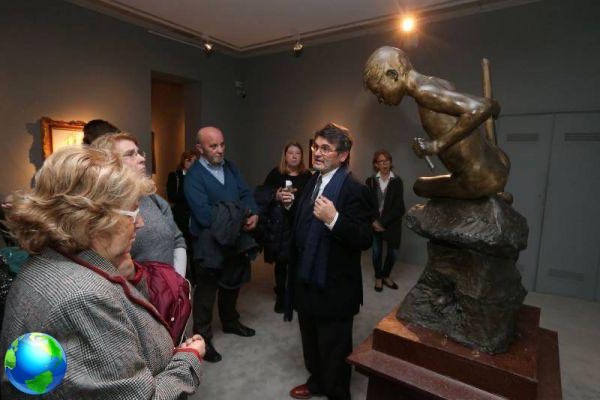
Technical detail:
The beautiful country. From the Risorgimento to the Great War, from the Macchiaioli to the Futurists
Until the June 14 2015
Headquarter: MAR, Via di Roma 13, 48121 Ravenna
Booking guided tours: tel. 0544-482487
Working Time: until March 31: Tuesday-Friday 9-18, Saturday and Sunday 9-19, closed on Mondays; from April 1st there will be the evening opening on Friday: 9-21.
The ticket office closes one hour earlier.
Festive openings: Easter, Easter Monday, April 25th, May 1st, June 2nd.
Entrance: full 9 euro; reduced 7 euros; students of the Academy, University and teachers 4 euros
Catalog: Sagep Editori (price if purchased at the exhibition: 29 euros)




